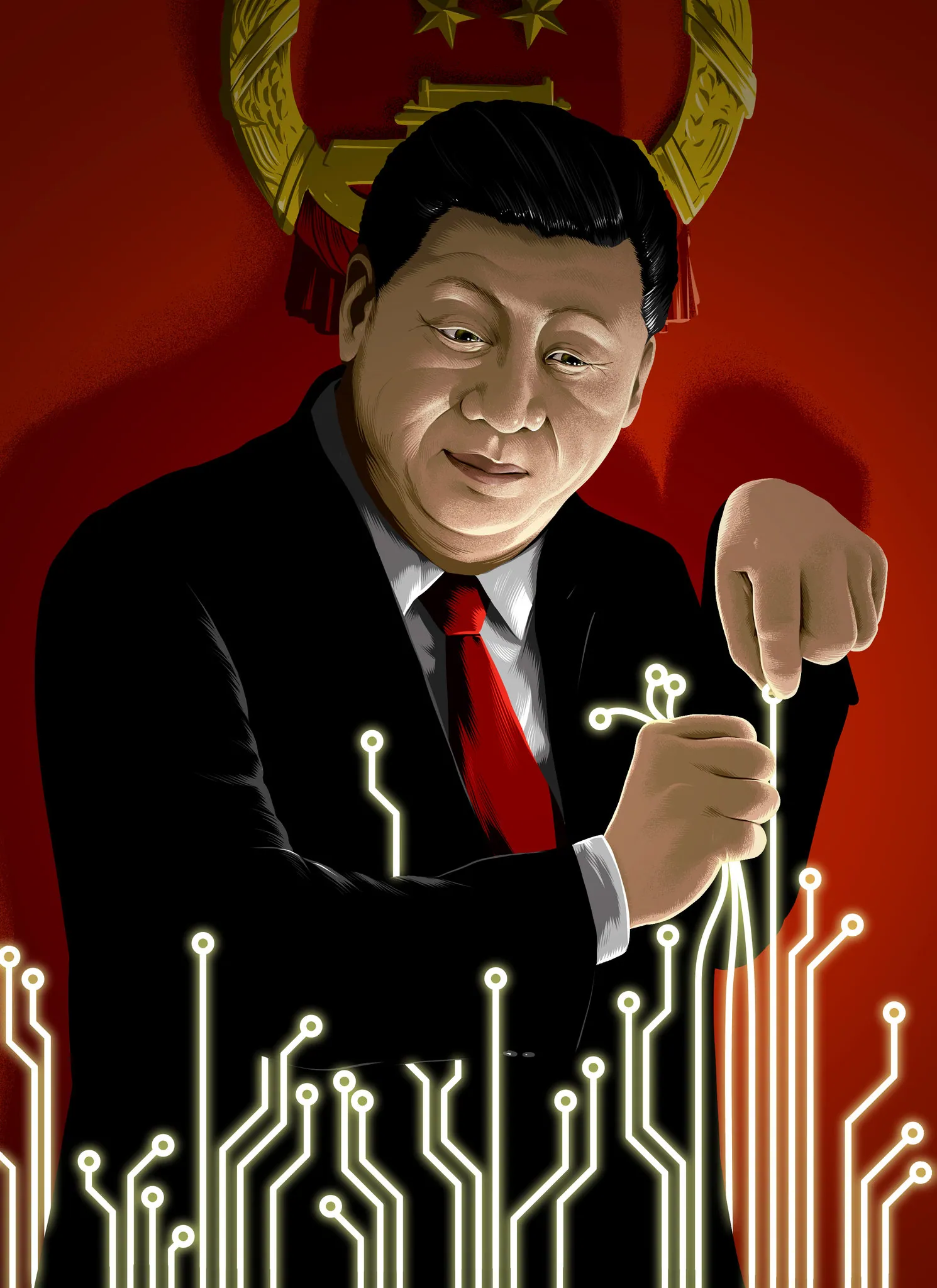Introduction:
In 2023, China witnessed a notable trend in its semiconductor trade, marked by a second consecutive year of decline chip in both imports and exports. This shift in the semiconductor landscape has significant implications not only for China’s domestic industry but also for the global semiconductor market.
In this blog post, we delve into the data provided by the General Administration of Customs of the People’s Republic of China (GACC) and China’s Ministry of Industry and Information Technology (MIIT) to understand the underlying dynamics and implications of these trends.
Follow us on Linkedin for everything around Semiconductors & AI
Overview of Semiconductor Trade Data:
According to the data released by GACC, China experienced a decrease in semiconductor imports and exports in 2023.
Importantly, this decline is juxtaposed with a simultaneous increase in domestic chip production, as reported by MIIT. China’s chip output surged by 6.9% year-on-year, reaching 351.4 billion units in 2023.
Imports:
- Multiple Factors: This decline is attributed to a combination of factors, including:
- Prolonged economic uncertainties: This includes a sluggish post-pandemic recovery and ongoing trade tensions.
- Stringent US export controls: The US imposed stricter export controls on advanced semiconductors, limiting their availability for China.
- Weaker domestic demand: Lower demand within China, partly due to COVID-19 restrictions, further contributed to the decrease.
Exports:
- Overall Decline: Although not as drastic as imports, China’s chip exports also fell in 2023, highlighting the broader challenges faced by the global chip industry.
- Specifics Unavailable: While data on the overall decline in chip exports is available, specific figures for export volume and value are not readily accessible publicly.
- Impact on Major Players: The decline in chip imports affected major players like Taiwan Semiconductor Manufacturing Company (TSMC), which reported a 4.5% drop in sales for 2023.
Overall, the decline in China’s chip imports and exports in 2023 reflects multiple challenges in the global chip industry. These challenges include ongoing economic uncertainties, trade tensions, and shifting dynamics in the semiconductor market.
However, despite this uptick in domestic production, the trade deficit in chips persisted, albeit showing a decline of 21.1% year-on-year.
Read More: 5 Top AI Cloud Services You Need to Know in 2024 – techovedas
Key Findings:
Decline in Semiconductor Imports and Exports: China’s semiconductor imports saw a significant drop of 10.9% year-on-year in 2023, totaling 479.6 billion chips. Similarly, semiconductor exports fell by 2% year-on-year to 267.8 billion chips. This trend highlights a shift in China’s semiconductor trade dynamics, potentially influenced by various factors such as geopolitical tensions, supply chain disruptions, and efforts to bolster domestic chip manufacturing capabilities.
Persistent Trade Deficit: Despite the decline in both imports and exports, China continues to grapple with a substantial trade deficit in chips. The trade deficit decreased by 21.1% year-on-year to 211.7 billion chips in 2023. Over the past five years, the cumulative trade deficit in chips amounted to a staggering 1.3 trillion, underscoring the challenges faced by China in achieving self-sufficiency in semiconductor production.
Impact on Trade Value: The decline in semiconductor trade volume was accompanied by a reduction in trade value. China’s chip import value plummeted by 15.7% year-on-year to US$350.2 billion in 2023, while the export value decreased by 11.4% year-on-year to US$136.4 billion. Despite these declines, the trade deficit in terms of value declined by 18.3% year-on-year to US$213.8 billion. Over the past five years, the cumulative trade deficit in terms of value amounted to US$1.19 trillion.
Read More: What are 5 Waves of AI Computing: From Big Bang to Autonomy – techovedas
Implications and Future Outlook:
The trends observed in China’s semiconductor trade in 2023 carry several implications for the global semiconductor industry and China’s domestic chip manufacturing sector. The decline in semiconductor imports and exports reflects the complex interplay of geopolitical factors, technological advancements, and efforts to achieve semiconductor self-sufficiency.
Moving forward, China is expected to continue its efforts to bolster domestic chip production, investing in research and development, infrastructure, and talent development. However, achieving semiconductor self-sufficiency remains a formidable challenge, requiring sustained investment, innovation, and collaboration across industry stakeholders.
Furthermore, the evolving dynamics of China’s semiconductor trade are likely to influence global supply chains, market dynamics, and geopolitical relationships. As China seeks to reduce its reliance on foreign semiconductor imports, it may drive shifts in global semiconductor production, trade patterns, and regulatory frameworks.
Read More:10 Things to Know About OpenAI’s Sora Videos – techovedas
Conclusion
In conclusion, the trends observed in China’s semiconductor trade in 2023 underscore the complex and evolving nature of the global semiconductor landscape.
As China navigates the challenges and opportunities in its quest for semiconductor self-sufficiency, the implications extend far beyond its borders, shaping the future trajectory of the semiconductor industry worldwide.








